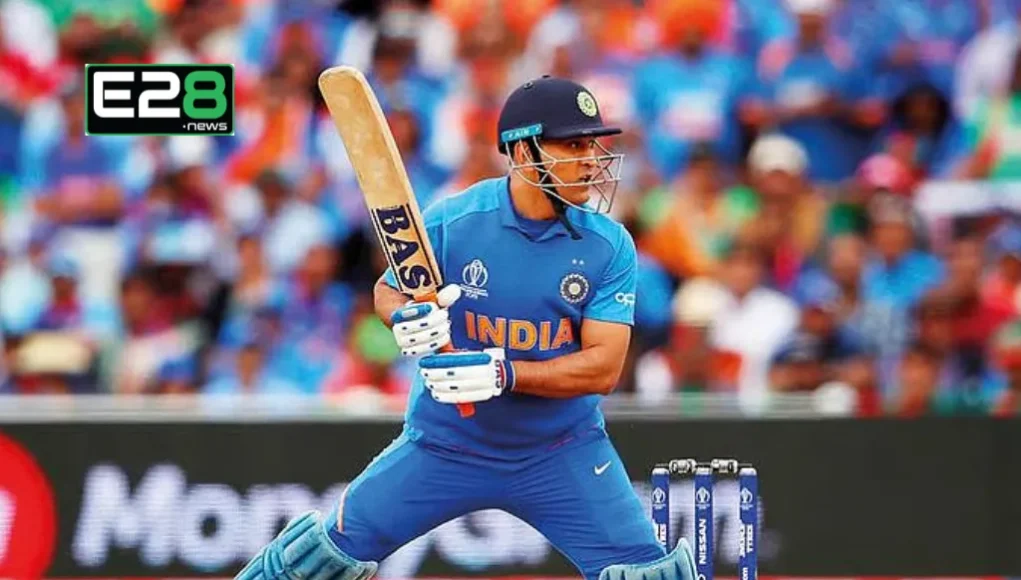Batting in cricket is more than just a skill; it’s a blend of technique, physical strength, and mental agility. Whether you’re a beginner or a professional, understanding the science behind batting can significantly improve your performance. In this article, we will break down the key elements of cricket batting, from the basic techniques to the modern innovations that are reshaping the way batters approach the game. If you’re looking for cricket batting tutorials or want to enhance your batting grip, you’ve come to the right place.
The Basics of Batting: Stance, Grip, and Footwork
One of the first steps to mastering batting is perfecting your stance and grip. A solid stance provides balance, while the grip ensures control over your bat. A relaxed yet firm grip allows for a fluid swing and maximum power transfer when hitting the ball. In cricket, batters adjust their grip depending on the type of shot they intend to play, be it a defensive block or an attacking drive.
Footwork Fundamentals in Batting
Footwork is the foundation of good batting. Proper footwork allows batters to get into position quickly and face a variety of balls with ease. Whether you are preparing for a pull shot or need to play a drive, footwork ensures that you can judge the ball’s length and line, giving you the best chance of success. There are several batting footwork drills available online to help you develop this skill.
Hand-Eye Coordination: Key to Accurate Shots
Good hand-eye coordination is crucial for accurate batting. The ability to track the ball and make precise contact with the bat will significantly improve your shot-making. Batters often use drills that focus on improving their reaction times, which helps in executing powerful and well-timed shots.
Understanding Bat Speed and Power
The speed at which you swing your bat plays a pivotal role in the power of your shots. Faster bat speeds generate more momentum, translating into greater force when hitting the ball. To improve your bat speed, it’s essential to train your forearms and wrists. Exercises such as resistance band training and weighted bats can help increase bat speed.
Generating Power Through Technique
Generating power isn’t just about strength. Proper body rotation and the transfer of energy from the legs through the torso into the bat is key to hitting the ball with power. Batting isn’t only about brute strength; it’s about using the correct technique to harness the energy needed for powerful shots. The right technique combined with perfect timing ensures maximum distance on every shot.

The Role of Technology in Modern Batting
In today’s game, technology plays a significant role in improving batting performance. Analytics and cricket batting performance assessment tools help players analyze their strengths and weaknesses, enabling them to fine-tune their technique. These tools also assist coaches in designing personalized training plans for batters based on their individual playing styles.
Cricket Bat Materials: Traditional vs Modern
The material of the bat you use can impact your performance. Traditional wooden bats, particularly English willow, are known for their resilience and lightness. However, with advancements in bat technology, manufacturers are now experimenting with different materials to improve power, balance, and durability. If you’re in the market for a new bat, it’s worth comparing various bat materials to find the best fit for your style.
Batting with Innovation: Virtual Reality and More
Modern innovations, such as virtual reality cricket training, allow players to simulate various game situations without facing a live bowler. Virtual reality (VR) is increasingly used for batting training, providing batters with a simulated environment where they can practice different shots and scenarios. This technology has revolutionized the way players improve their shot technique and focus.
Mastering Batting Shots: Types and Techniques
Batting involves a variety of shots, each requiring specific techniques for execution. Whether it’s a defensive shot or an attacking stroke, understanding the mechanics of each type of shot is essential.
Defensive Shots in Cricket
A defensive shot is used to block the ball and protect the wicket. Batters maintain a solid stance, keeping the bat close to their body and using minimal movement to deflect the ball. The defensive shot is essential for building innings and defending against fast bowlers.
Attacking Shots: Power and Precision
In contrast, attacking shots are designed to score runs. These include the cover drive, pull shot, and sweep. When executed correctly, these shots can find gaps in the field and accumulate runs. To hit an attacking shot effectively, you need to focus on timing, footwork, and bat speed.
Classic Shots: The Cover Drive, Pull, and Sweep
Each of these classic shots has its unique execution. For instance, the cover drive requires you to step forward with your front foot while keeping your bat straight, allowing you to drive the ball through the covers. Similarly, the pull shot is played on the back foot and is often used to counter short-pitched deliveries.
The Science Behind Batting Mechanics
Understanding the physics behind batting can help players improve their performance. The kinetics of the bat swing—how energy is transferred through the body into the bat—plays a crucial role in shot-making. Batters often rely on muscle memory, developed through repetition, to execute their shots accurately.
The Role of Muscle Memory in Batting
Muscle memory is developed over time as batters repeatedly practice shots and movements. The more you practice, the more instinctive your movements become, allowing you to react quicker and hit the ball with precision, even under pressure. Training your body to perform without thinking about it is a key element of becoming a skilled batter.
Training for Perfect Batting
Improving your batting skills involves consistent practice and training. Here are some essential areas to focus on:
Batting Exercises for Strength and Agility
Regular exercises, such as core strengthening and plyometric drills, can improve your power and flexibility, enabling you to generate greater bat speed and execute shots with better timing. Additionally, endurance training will ensure you maintain high performance throughout long innings.
Flexibility and Mobility for Batting
Batting also requires flexibility, especially in the shoulders, wrists, and hips. Flexibility exercises allow batters to move quickly and fluidly, which is essential when adjusting to a wide variety of deliveries.
Conclusion
As batting techniques evolve, the future of cricket looks exciting, with further advancements in bat technology, training tools, and performance analysis. From using virtual reality for practice to the continuous improvement in bat materials, cricket batting is a sport that blends tradition with innovation. Whether you’re aiming to master your batting grip or improve your timing, understanding the science behind it all will set you on the path to success.
FAQs
Q1. What is the best way to improve batting footwork?
Ans. Consistent practice with targeted footwork drills is essential. Exercises that focus on speed and agility can help batters move quickly and adjust to different ball lengths.
Q2. How do modern innovations help improve batting performance?
Ans. Tools like performance analytics, video analysis, and virtual reality training help players analyze their technique and make improvements based on data.
Q3. What are the common mistakes batters make while executing shots?
Ans. One common mistake is poor foot placement. Batters must ensure they are positioning their feet correctly to meet the ball in the right area of the bat’s sweet spot.
Q4. Can using a lighter bat improve my performance?
Ans. Lighter bats offer better control and faster swing speeds, but they may not generate as much power. It’s essential to find the right balance based on your playing style.
Q5. How does mental toughness affect batting?
Ans. Mental toughness is critical for batters. It helps players remain focused, especially under pressure, and allows them to perform consistently in challenging situations.
















